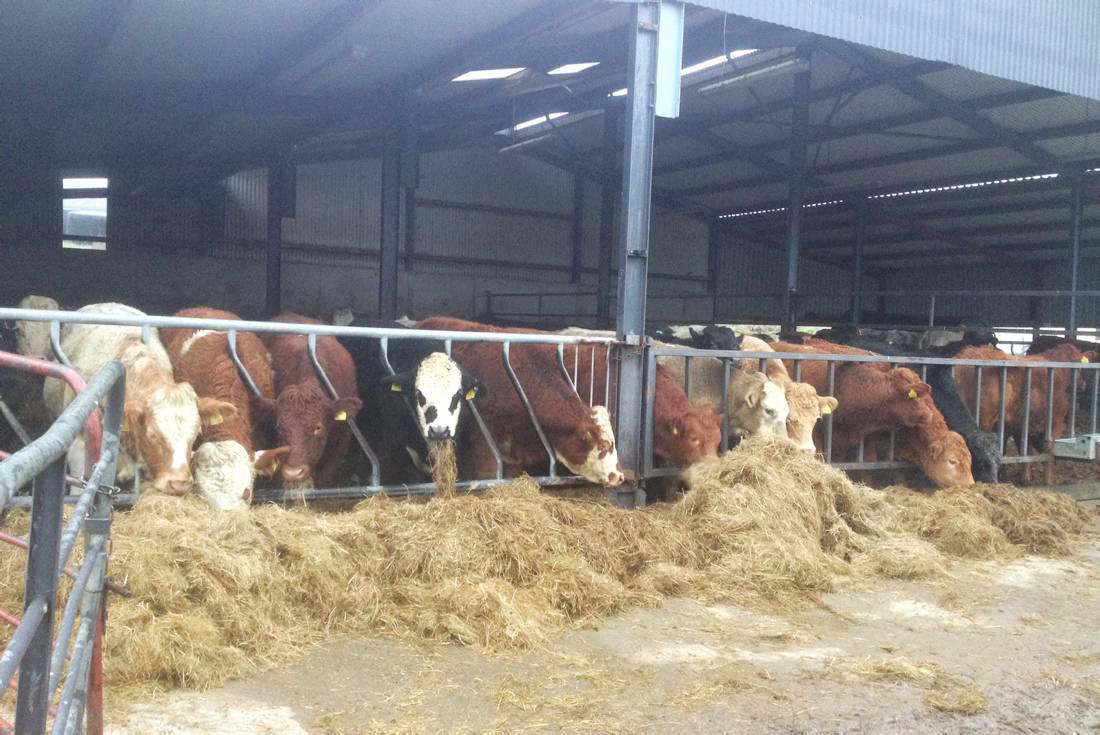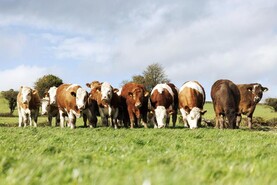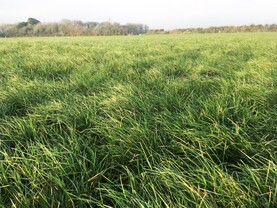All store cattle were housed at the weekend apart from four that are left to clean out a paddock. Even though one bunch had another week's grass left, they were beginning to get restless. Nature was signalling that it was time to head for the winter quarters.
They look to have really thrived since purchase and can be easily picked out in the shed next to their comrades that were only purchased in the last week. At least the mart trade has eased, with stronger store cattle by far the best value.
Our average weights on cattle bought over the last fortnight is 485kgs. On average, we’re paying €2.15 a kilo but you could build in a 2% rise and fall either side of that. Their average age is around 18 months.
Plan
The plan for these cattle at present is to be housed on a straw bed and fed an ad-lib silage diet. I don’t feed any concentrates to stores and we haven’t done so in the past. I have never seen a return on the investment when good quality silage is available.
We will weigh them all in the next couple of weeks and if there is any that aren’t performing satisfactory, I will pen them separately and feed a small amount of concentrates. This is a more strategic approach and should keep the volume of concentrates feed to a minimum.
First silage
The first of the silage was opened on Saturday. The first cut, not surprisingly, has a low DM. We, like a lot of people, got caught out in June when the weather turned wet for a number of weeks. It still is very leafy but I feel we will be disappointed when the silage analysis comes back.
The second cut however has a high dry matter and by the rate the cattle are eating it at, there will be no problems with the FMI (intake value). I have sent away samples of the two cuts and I will report at a later date.
Health regime
The animal health regime is going to be changed slightly this year. Our previous plan was to treat them with Ivermectin Super when they were housed. This was to cover all parasite infections comprehensively, including all lungworms, gut worms, stomach worm and mature fluke. We then would go back with Levafas Diamond after Christmas to cover any fluke that had matured in the intervening time and Rumen fluke.
After a lot of recent research, I am concerned about a problem with resistance creeping into our livestock. The wide spread use of Ivermectin and at short intervals is somewhat alarming. Larger animals seem to have no natural resistance to parasites.
So, I plan to dung sample and the first treatment I am considering is a white Lemavisole drench. I will continue with the Levafas Diamond after Christmas as per the norm and then I plan to dung sample again in Late February and monitor the Parasite and Fluke burden and make decisions from that.
It feels like we are taking a step backwards by going back to all drenching, but by taking dung samples and monitoring, I will be able to decide if it’s a positive step.






 This is a subscriber-only article
This is a subscriber-only article











SHARING OPTIONS: